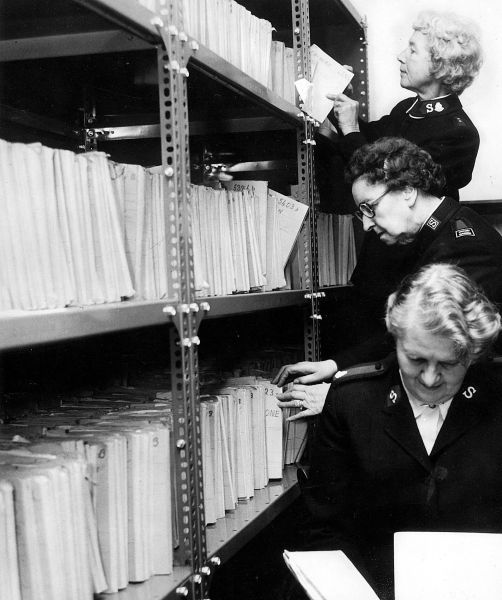Is our social services history, history?
Is our social services history, history?
 Ensuring accurate documentation of The Salvation Army is vital to ensuring correct preservation of our history.
Ensuring accurate documentation of The Salvation Army is vital to ensuring correct preservation of our history.
An organisation as large, as diverse and as old as The Salvation Army would be expected to have a rich history. And it does. A seasoned Salvationist knows the stories of “Fighting Mac” and his bullet-holed hat, and the link with Arnott’s and the fabled meaning behind the naming of the SAO biscuit. The stories become increasingly familiar, but when it comes to facts and dates, have we really got things “down pat”, or “in the vault”, so to speak?
A recent investigation into the opening dates of each of The Salvation Army’s social services revealed that while our corps opening and closing dates are meticulously documented, social centres are a different story. Many historical documents and books mention only the year of a service opening, or a month. Other records focus on staff appointments to different social services, which are often not a true reflection of when the service itself was founded. Due to service name changes, address changes and building redevelopments, it can be difficult when delving through the historical records to get a firm grasp on which date is the correct opening date of a service or centre. Foundation stones, where we still have them, are invaluable.
While the Australia Southern Territory has at least a year-by-year listing of when its social institutions were opened, no such record exists within the Australia Eastern Territory (to this writer’s knowledge!) A seemingly straightforward project of collating opening dates for each of our services, in order to be able to celebrate anniversary milestones, quickly turned into a quagmire of research.
Our salvos.org.au website states in its “Key Moments in History” section that The Salvation Army’s Foster House homeless men’s accommodation in Sydney opened in 1923. A document discovered at the Australia Eastern Territory Heritage Centre records July 1924 as its opening date. This is one of many such anomalies discovered.
With such a grassroots Army that was once described in the media as spreading “like a bushfire” across Australia, it’s not surprising that some details have been lost. Yet, it seems a shame that while corps history was meticulously recorded, with its history books detailing even the smallest event and every expense (down to the very last shilling), social service records do not seem as comprehensive.
So into the tangle we must tread if we want to preserve the historical facts, as well as reminisce over the romantic tales of hard work, heroism and souls saved. And who knows, in the process we may uncover new stories of forgotten heroes, new facts and new information to weave into the rich narrative of who we are.